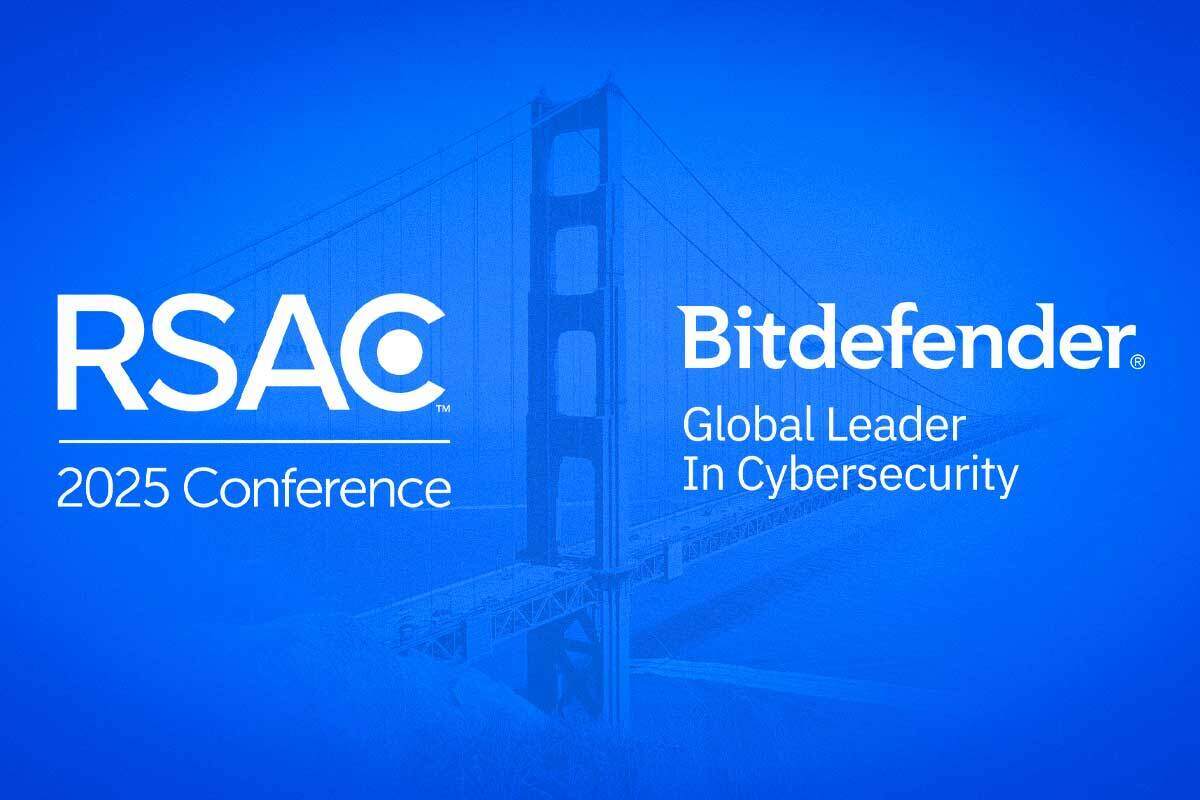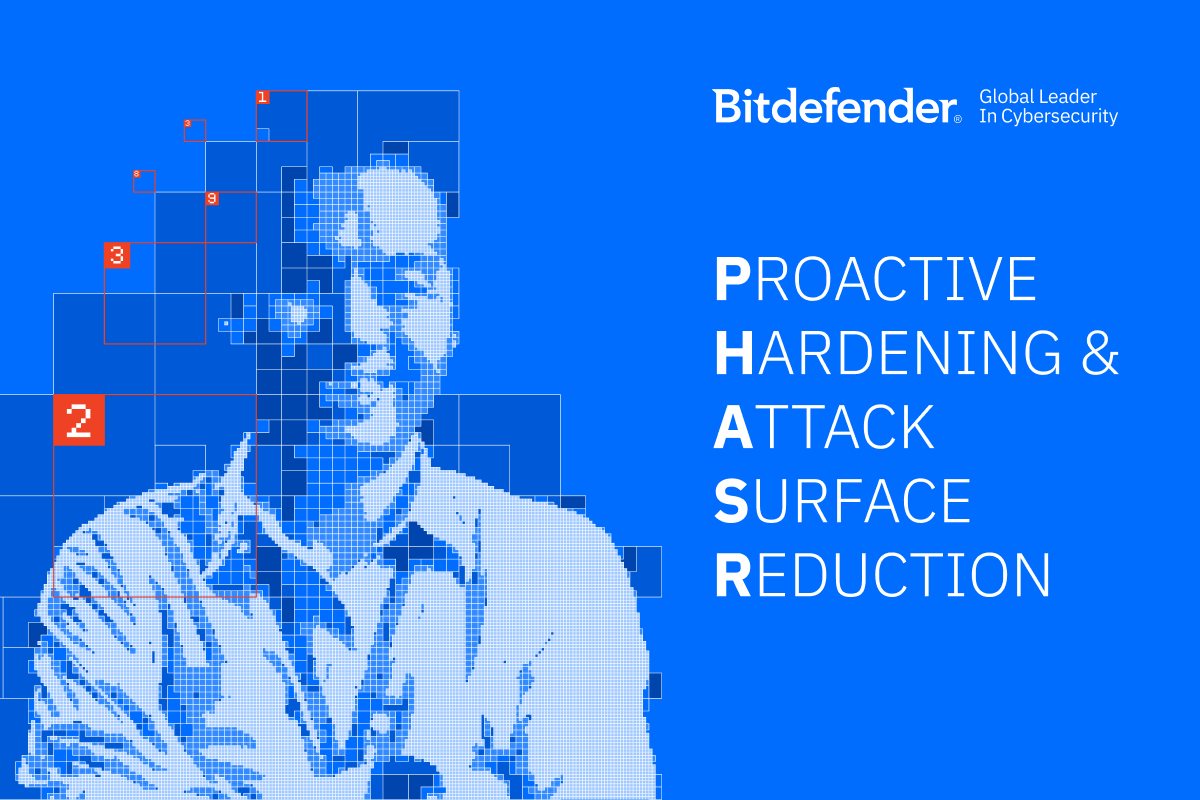Beyond Technical Offensive Security: 4 Tips for Implementing a Holistic Approach to Managing Cyber Risk

Cybersecurity assessments are an integral part of an organization’s security strategy, providing valuable insights into cyber readiness. Traditional offensive security measures such as red teaming and penetration testing, in particular, give security teams real-world insights into where gaps exist and how the security team can respond to an attack. Armed with this critical information, organizations can harden their defenses in the face of an increasingly sophisticated threat landscape, reduce the impact of a potential breach, and ensure business resiliency.
However, cybersecurity assessments should go beyond traditional technical offensive security measures. Sure, red teaming and penetration testing are important and incredibly useful, but organizations need to augment these technology reviews by also assessing human capabilities and processes. Focused more on governance, risk, and compliance, this more holistic approach to cyber risk management considering technology, processes, and people to provide a more accurate and valuable assessment of the organization’s true cybersecurity capabilities.
The Shortfalls of a Technology-Only Cyber Risk Management Strategy
Assessing cybersecurity readiness exclusively through technology would be like a mechanic signing off on a used car after only checking the engine. There are other aspects that dictate performance and safety, such as the skill of the mechanic and the competence of the driver, and these too need to be assessed on a regular basis to ensure cybersecurity readiness. Ignoring human aspects and processes results in an incomplete assessment, which can put the organization at risk.
We all know that poeple can be the organization’s weakest link. Lost laptops, shared passwords, and other human-related risks need to be addressed and planned for. When a small mistake can lead to big consequences, it’s important to know where the organization is at risk and how these risks can be mitigated. The same goes for processes. Everyone – from the security analyst to the director of communications – has a role to play when responding to an attack, and people need to understand their responsibilities, so they know how to act quickly in the moment and reduce harmful impact. Assessing these processes and using the information to optimize playbooks are incredibly important, providing a complete and accurate step-by-step plan for how to respond to specific incidents. Documenting these processes ensures a consistent, appropriate and quick response – particularly when responders don’t have real-world experience dealing with a specific attack.
A Holistic Approach to Cyber Risk Management Strategy
Organizations need to adopt a more holistic approach to cyber risk management that goes beyond traditional technical offensive security measures. Implementing a more holistic cybersecurity assessment strategy that incorporates people, processes, and technology provides a much better gauge of cybersecurity readiness and more accurately prepares the security team for today’s increasingly sophisticated threats.
Here are four tips to help you implement a holistic cyber risk management strategy in your organization:
1. Seek Out Independent Assessments
An external, unbiased evaluation of the organization’s current holistic security posture provides the most value. Cybersecurity experts from outside the organization are in the best position to provide an independent perspective using their experience and knowledge across several areas. This includes experts in governance, compliance, third party risk, cloud security, artificial intelligence (AI), data privacy and other critical networking and business tools. Self assessments, on the other hand, are more likely to result in biased or inadequate results.
2. Align Assessments with Compliance Frameworks
Aligning your cyber risk management strategy with established compliance frameworks provides a tried and trusted guideline for ensuring cybersecurity readiness – even if you are not required by law to meet the standards. General Data Protection Regulation (GDPR), International Organization for Standardization (ISO) 27001, and National Institute of Standards and Technology (NIST) are well-established security standards that ensure organizations employ a robust cybersecurity posture and can report compliance to internal and external stakeholders. Aligning cybersecurity assessments to these established standards will ensure you will meet any audit thrown your way while creating a consistent and documented best practice for you to follow in the future.
3. Don’t Do It Alone
There are some major advantages to outsourcing critical components and roles within your cyber risk management strategy. A virtual Chief Information Security Officer (vCISO) or virtual Information Security Manager (vISM) can respectively provide strategic as well as tactical operational support for your organization without having to hire a full-time position. A vISM can take on a lot of the tedious, manual tasks associated with cyber risk management – such as risk assessment and policy review – freeing up the internal team to focus on more strategic tasks. These part-time roles integrate seamlessly with your team, acting as extension to enhance internal capabilities, and provide access to specialized expertise that normally wouldn’t be available to your organization.
4. Continuously Supplement Internal Skills
It’s also important to continue upskilling your employees with internal training, professional certifications, and simulations such as tabletop exercises. Having the best cybersecurity tools at your disposal isn’t enough if your team can’t optimize their use effectively. Additionally, fostering general cybersecurity awareness across all employees is crucial. Ensure that everyone, not just the IT team, understands the basics of cyber hygiene and the role they play in protecting the organization. Make sure everyone on your team has an opportunity to augment their skills and build a culture of constant learning, so you can meet any challenge as the security landscape continues to evolve.
Finding the Right Cyber Risk Management Partner
Organizations need to go beyond traditional technology assessments when managing cyber risk. Implementing a holistic strategy that incorporates people, processes, and technology ensures you are accurately assessing your organization’s readiness while working with an independent assessor guarantees unbiased, optimal results. Armed with this information, organizations can better understand their cybersecurity posture, where gaps exist, and the best way to bring readiness up to standards. This requires the right tools, the right people, the right processes, and the right cyber risk management partner.
tags
Author

Nicholas is an accomplished professional, currently serving as the Director of Cyber Operations at Bitdefender. In his current capacity, Nicholas is responsible for 3 services; Offensive Security, Security Advisory, and Delivery Management. With an extensive cybersecurity background gained across various globally recognized organizations, he offers a wealth of cyber security experience. His journey through diverse cybersecurity landscapes has equipped him with a nuanced understanding of the field, making him a trusted leader in shaping robust and effective cybersecurity strategies.
View all postsRight now Top posts
FOLLOW US ON SOCIAL MEDIA
SUBSCRIBE TO OUR NEWSLETTER
Don’t miss out on exclusive content and exciting announcements!
You might also like
Bookmarks










